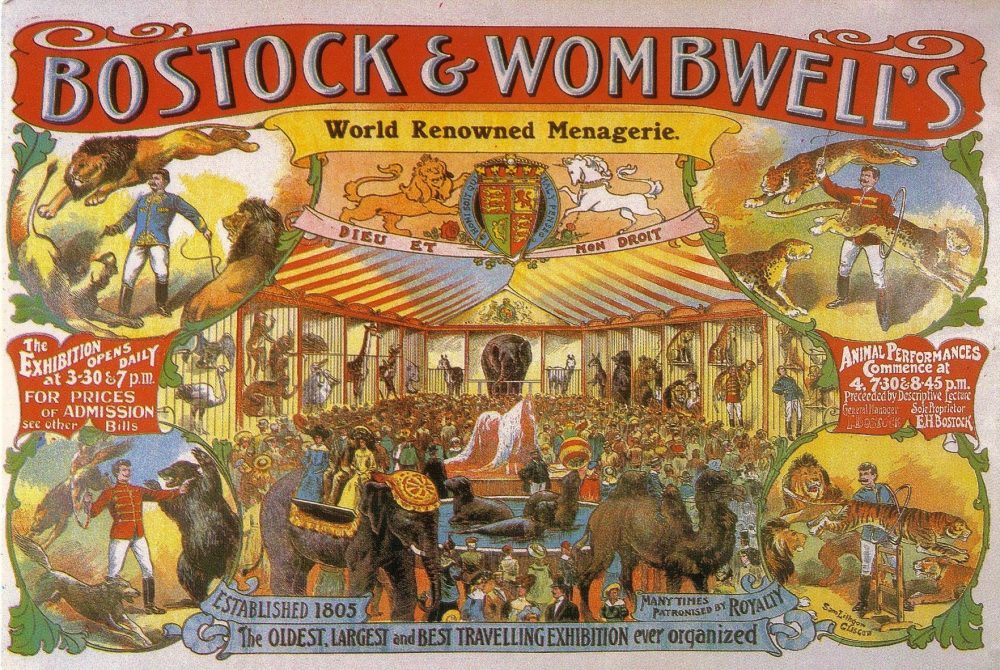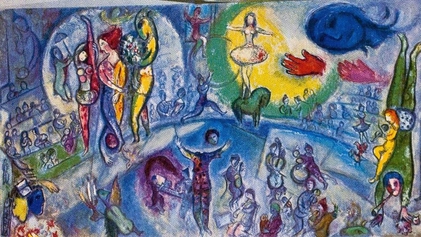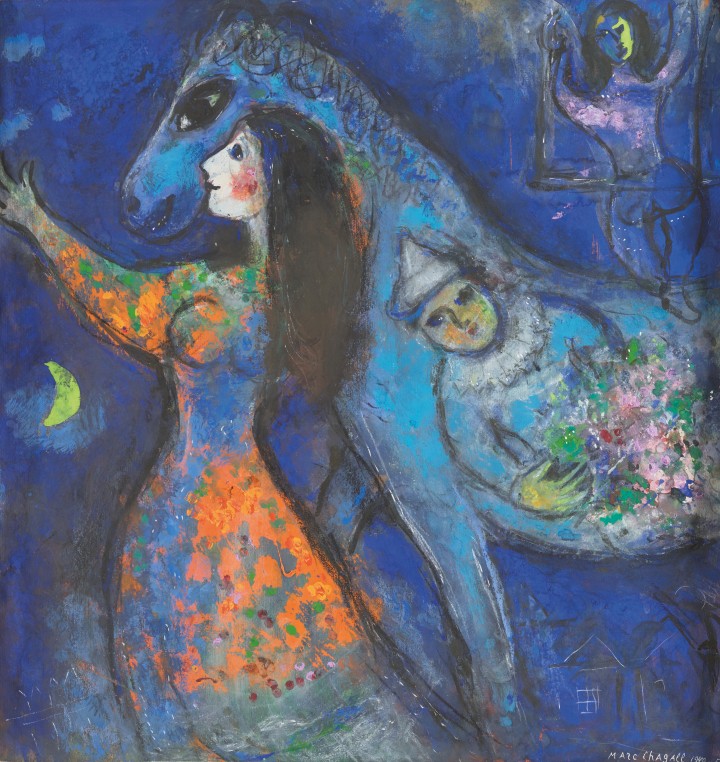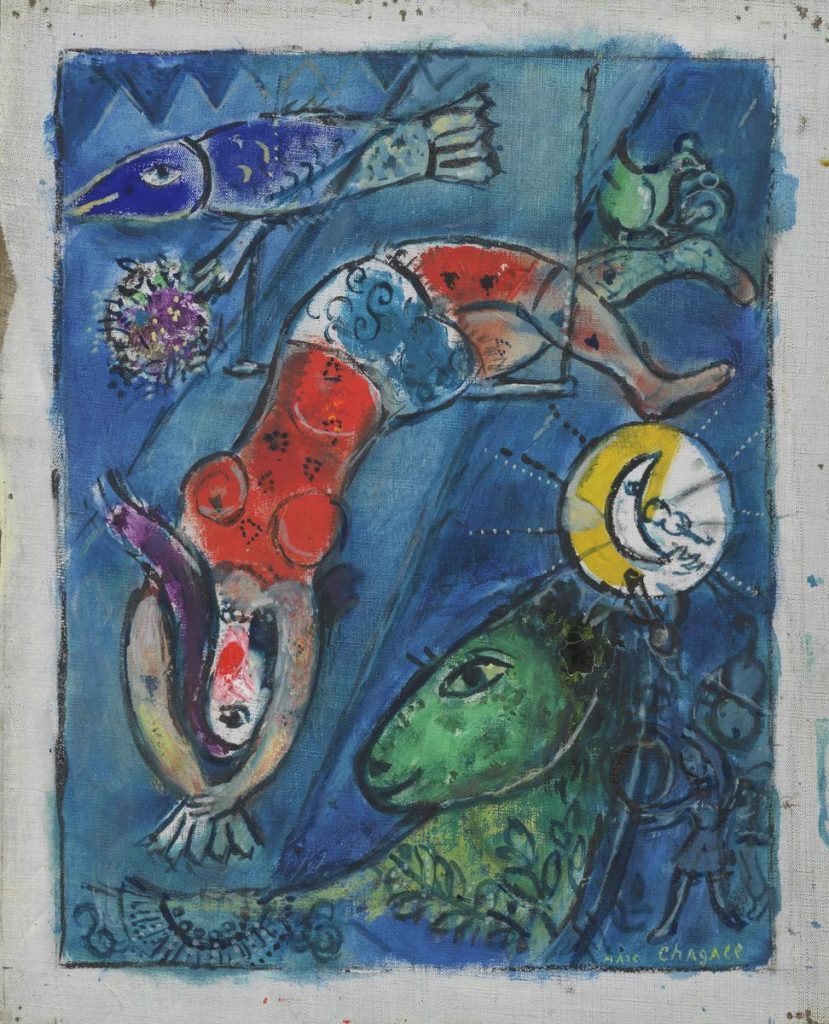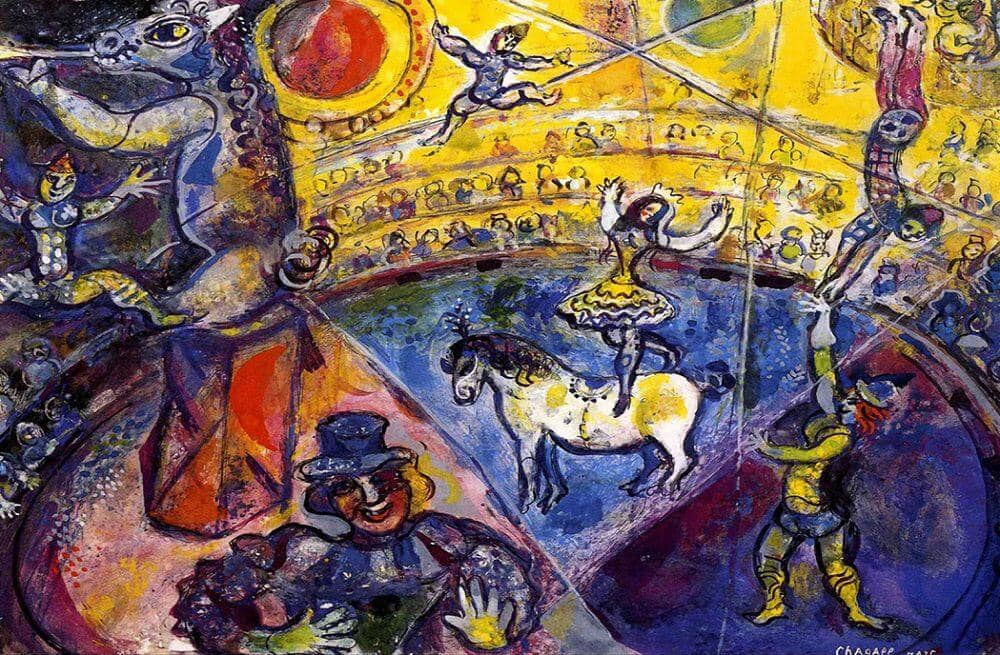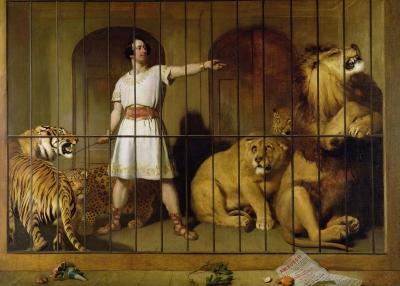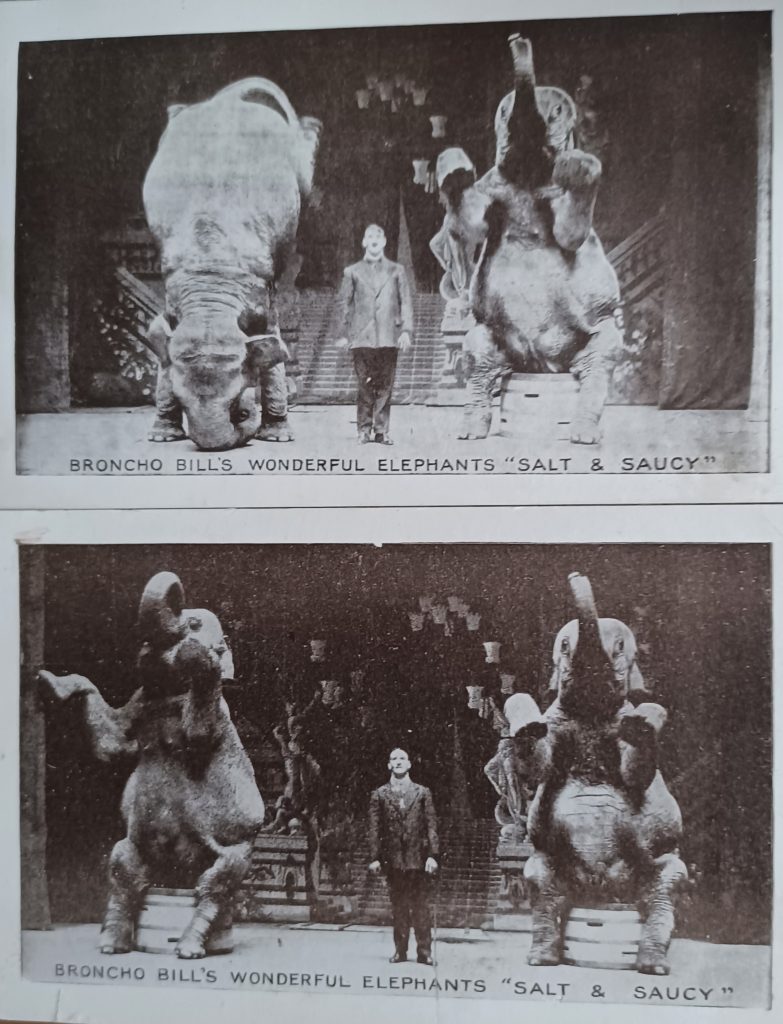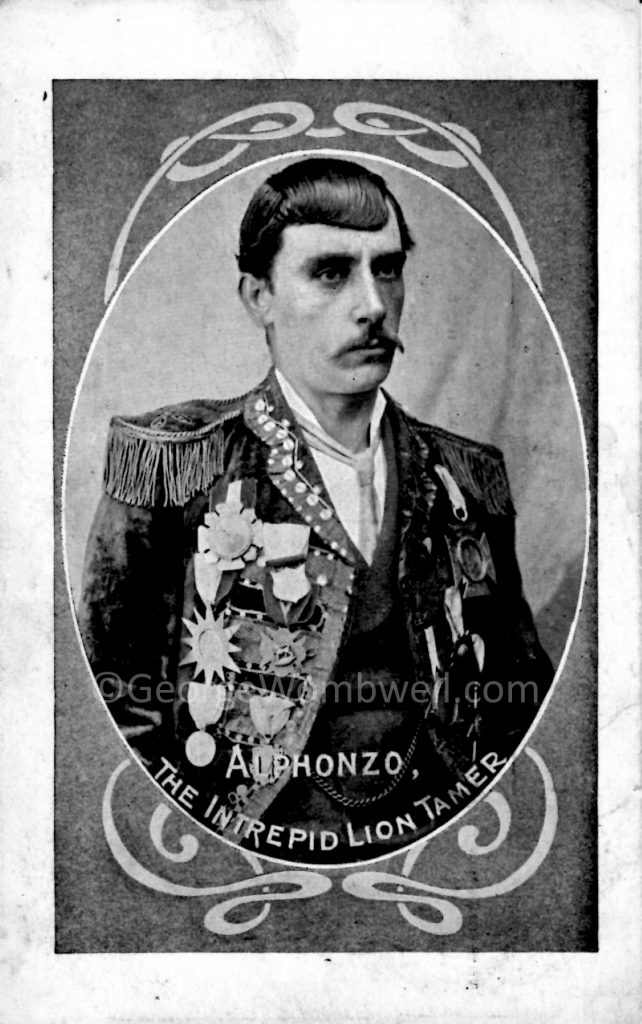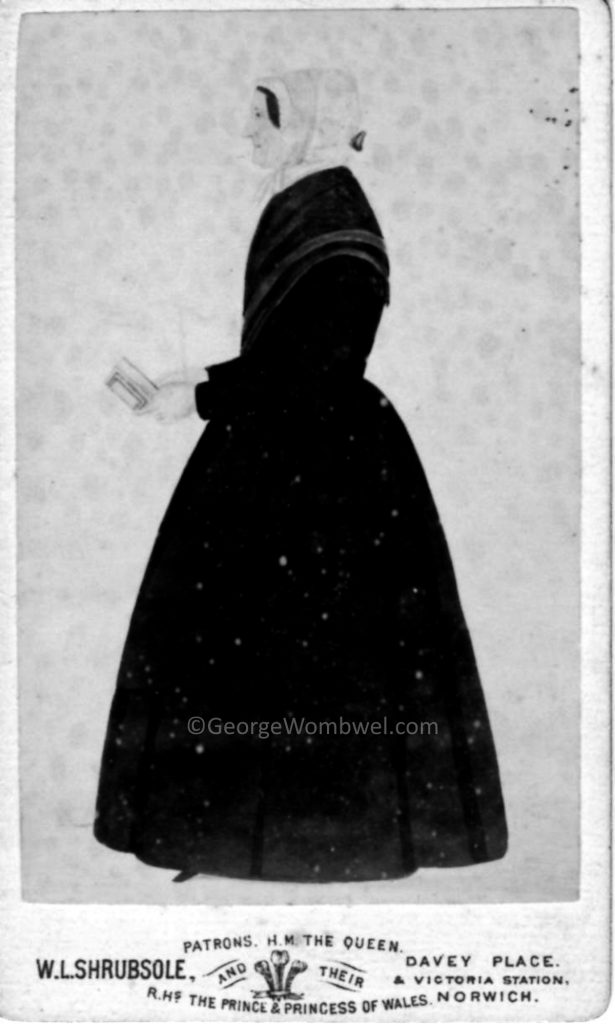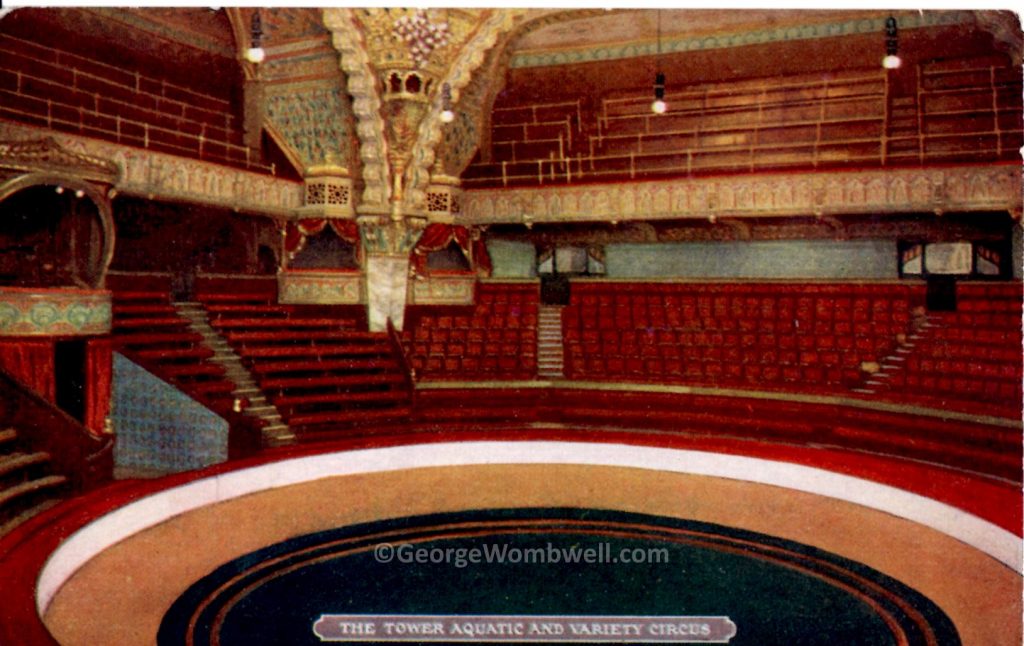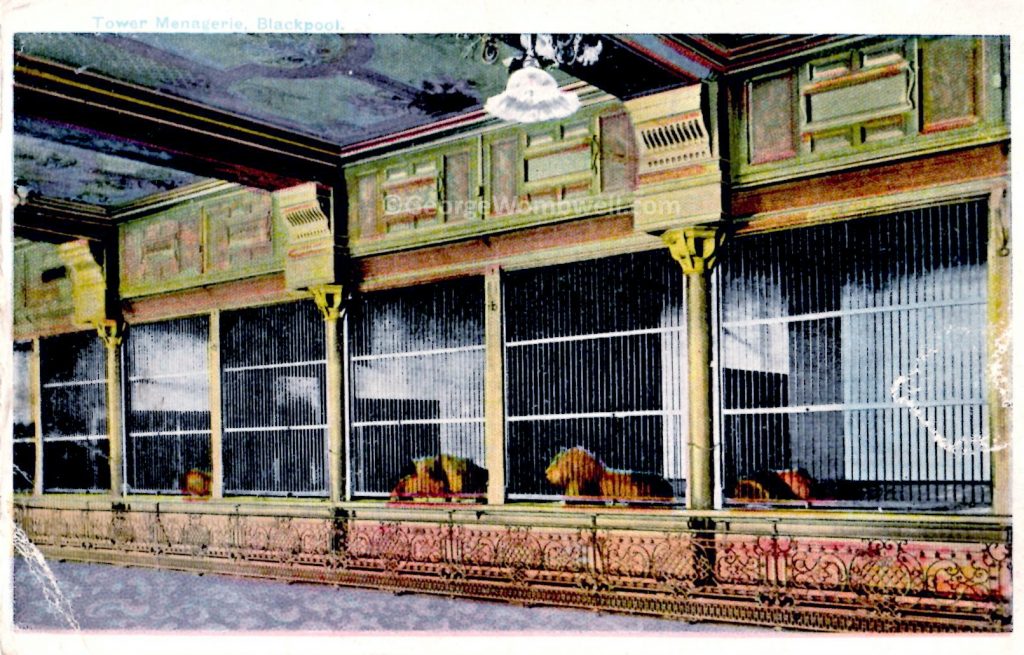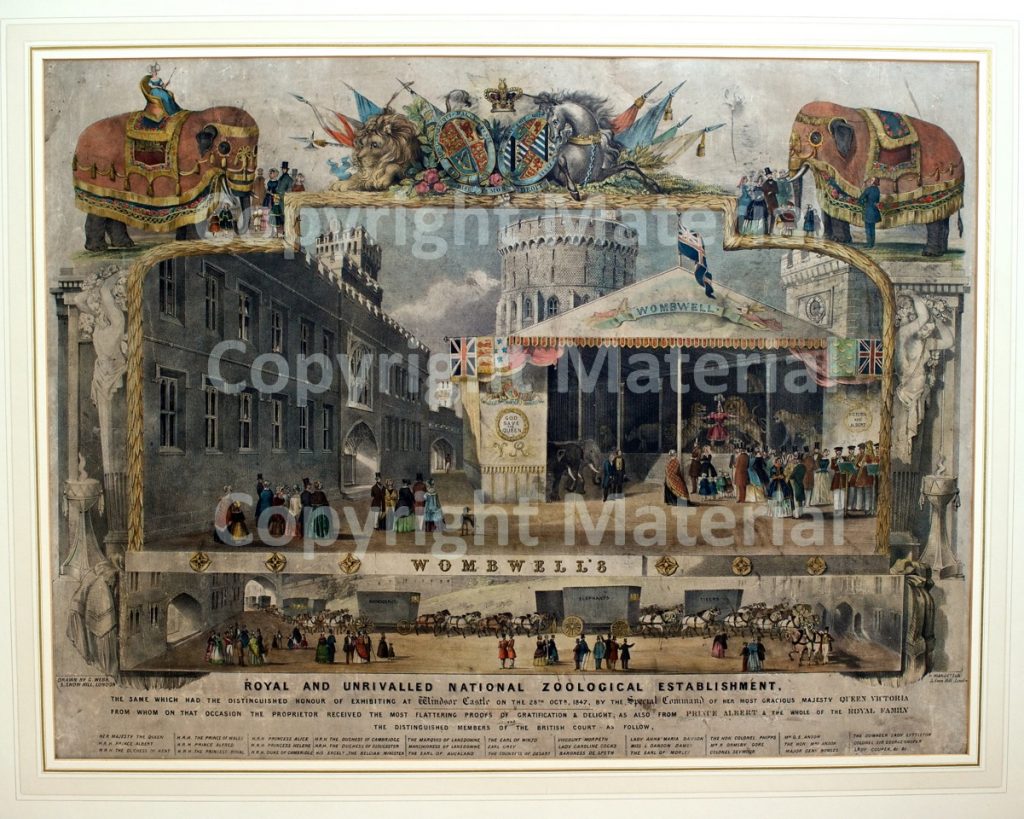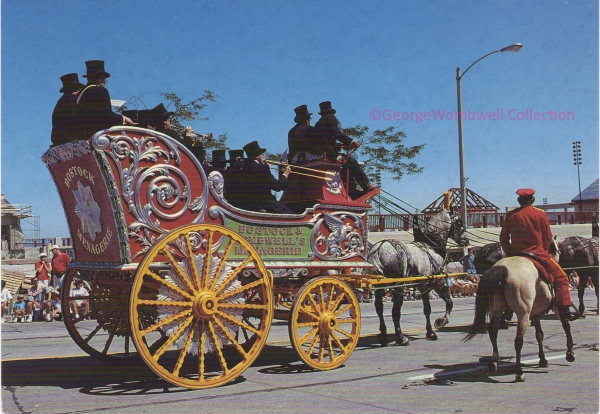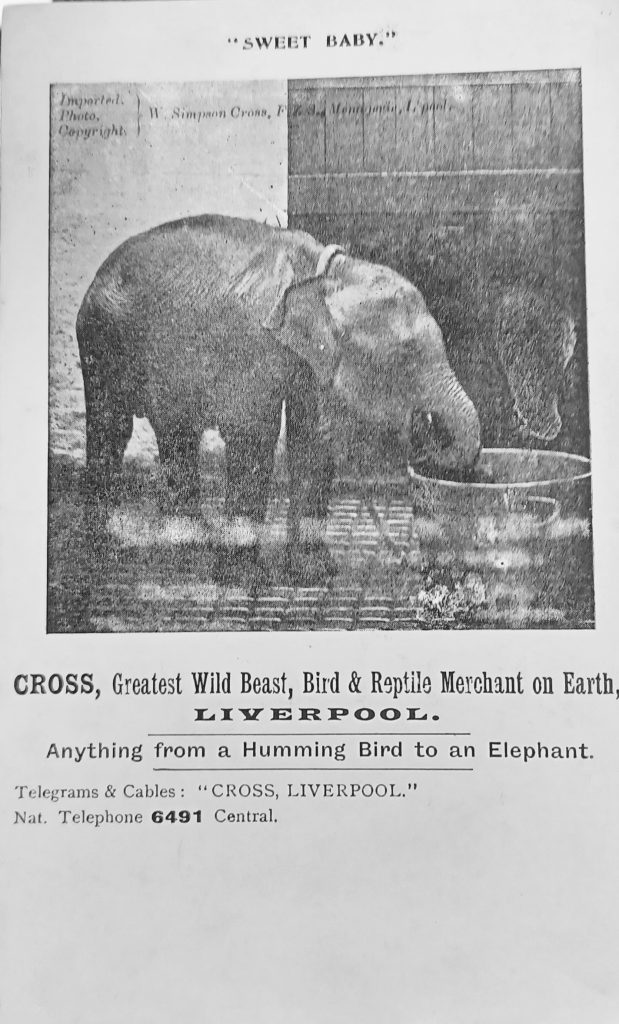
This postcard is pre 1912. William Cross, grandson of Edward ran the menagerie until a fire destroyed it in 1912.
In the annals of history, certain figures emerge whose lives are as captivating as the stories they inhabit. One such individual is Edward Cross, whose remarkable journey as a wild beast merchant left an indelible mark on the world of entertainment in the 19th century.
The Early Years
Edward Cross was born in England in the early 1800s, during a time when the allure of the exotic and the unknown captivated the imaginations of people across the globe. From a young age, Cross exhibited a keen interest in the natural world, particularly in the magnificent creatures that roamed the earth’s far-flung corners.
A Merchant of Marvels
As he matured, Cross channeled his passion for wildlife into a burgeoning business venture: the trade of wild animals. In an era when exotic animals were coveted symbols of wealth and power, Cross carved out a niche for himself as a purveyor of rare and exotic beasts.
The Menagerie Takes Shape
Cross’s endeavors led him to establish a menagerie—an extravagant collection of wild animals from around the world. From lions and tigers to elephants and giraffes, his menagerie boasted an astonishing array of creatures that dazzled audiences with their beauty and ferocity.
The Circus Connection
Recognizing the potential for spectacle and entertainment, Cross partnered with circus impresarios to showcase his menagerie to the masses. Together, they transformed the presentation of wild animals into a mesmerizing spectacle, complete with daring feats and awe-inspiring performances.
Challenges and Triumphs
Cross’s journey as a wild beast merchant was not without its challenges. From logistical hurdles to the ethical considerations surrounding the captivity of wild animals, he faced myriad obstacles along the way. Yet, through sheer determination and ingenuity, he persevered, leaving an indelible legacy on the world of entertainment.
Legacy and Impact
Edward Cross’s legacy endures as a testament to the boundless human spirit and our insatiable curiosity about the natural world. Though the era of wild beast merchants may have passed, the allure of exotic animals and the spectacle of the circus continue to captivate audiences to this day.
Conclusion
In the colorful tapestry of history, figures like Edward Cross shine as beacons of curiosity, ambition, and adventure. His journey as a wild beast merchant stands as a testament to the power of passion and perseverance in the pursuit of one’s dreams. As we reflect on his remarkable story, we are reminded of the enduring magic of the natural world and the timeless allure of the circus.
